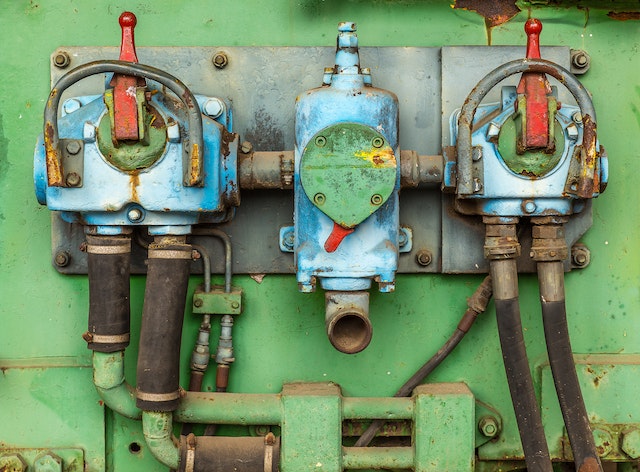In the realm of home maintenance and disaster preparedness, few things are as crucial as knowing the location and functionality of your main water shut-off valve. This unassuming component plays a pivotal role in safeguarding your property from water damage, leaks, and plumbing emergencies. Despite its importance, many homeowners overlook or underestimate its significance. In this article, we’ll delve into the world of main water shut-off valves, exploring their importance, location, and the essential knowledge every homeowner should possess.
The Role of the Main Water Shut-Off Valve
Imagine coming home to a burst pipe or a leaking water heater, with water flooding your floors and damaging your belongings. This is where the main water shut-off valve steps in as a hero, allowing you to instantly cut off the water supply to your entire home. In case of emergencies like leaks, overflowing toilets, or even the need for plumbing repairs, the main shut-off valve can prevent extensive damage by stopping the flow of water.
Location, Location, Location
The first step in harnessing the power of your main water shut-off valve is knowing where it’s located. In many homes, the valve is typically situated:
- Basement or Crawl Space: In older homes, you might find the valve in the basement, crawl space, or utility room. It’s often close to where the water line enters your home.
- Crawl Space: If your home has a crawl space, the valve might be located there, usually near the front foundation wall.
- Utility Closet or Garage: Newer homes or those with slab foundations might have the shut-off valve located in a utility closet or the garage.
- Exterior: In some cases, the valve might be outside your home, near an exterior wall. It’s typically protected within a valve box.
Remember that the valve’s location can vary based on your home’s design, so it’s important to locate it beforehand to avoid frantic searching during an emergency.
Turning Off the Valve
Knowing where your main water shut-off valve is located is only half the battle. You should also understand how to operate it. Here’s a simple guide:
- Clockwise Turn: To shut off the water supply, turn the valve clockwise (righty-tighty). Turn it until it’s fully closed. You may need a wrench or pliers if the valve is stiff.
- Open Position: The valve is open when it’s turned counterclockwise (lefty-loosey). This allows water to flow freely through your pipes.
Routine Testing and Maintenance
While your main water shut-off valve might spend most of its life undisturbed, it’s a good idea to test it periodically to ensure it’s in working condition. Follow these steps:
- Turn Off and On: A few times a year, turn the valve off and then back on. This can help prevent it from becoming stuck due to sediment buildup or corrosion.
- Check for Leaks: After turning the valve back on, check for any leaks around the valve itself or the surrounding area.
- Replace If Needed: If the valve is old, corroded, or no longer functions properly, it’s wise to replace it. Consult a plumber if you’re unsure about this process.
Conclusion
Your main water shut-off valve is your home’s first line of defense against potential water disasters. Understanding its location, operation, and importance can save you from costly water damage and the stress that comes with it. Take the time to locate your valve, familiarize yourself with its operation, and perform routine maintenance to ensure it’s always ready to act when needed. By giving this unsung hero the attention it deserves, you’re investing in the long-term safety and well-being of your home.



